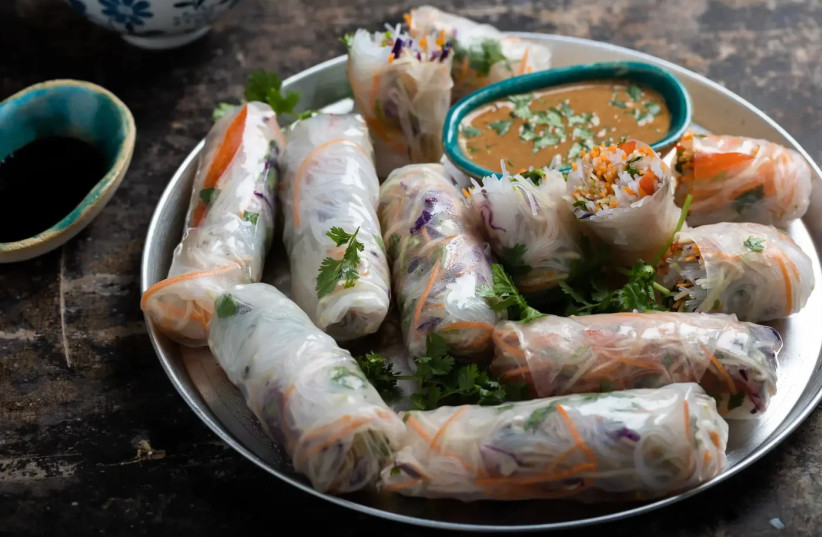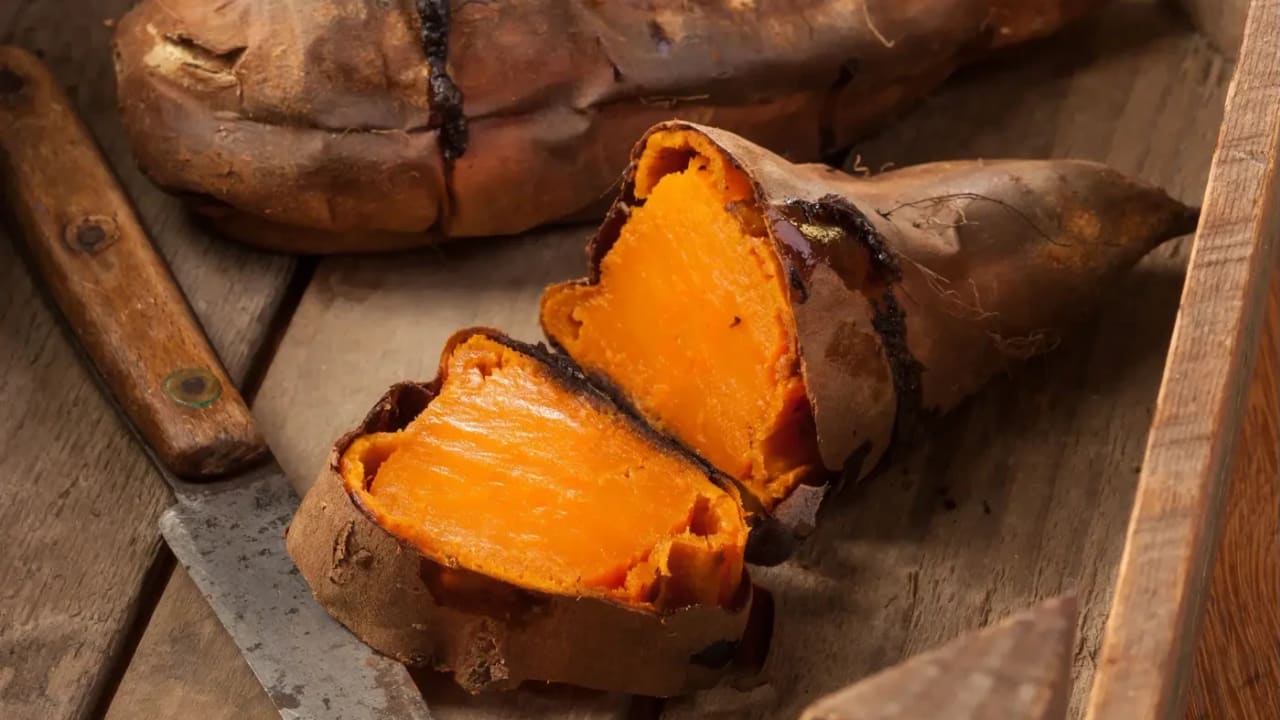Jerusalem Post
ByDR. MAYA ROSMAN
Rice paper has become a global trend thanks to its lightness, but nutritionally it resembles white bread more than healthy food. What is really in it – and how should it be used correctly?
In recent years, it has been hard to ignore the presence of rice paper on social networks, in cooking shows, and in home kitchens. The thin, transparent sheets, originating from Vietnamese and Thai cuisine, have become a global trend thanks to their tempting appearance, simple use, and the option to fill them with almost anything – from vegetables to cheese or chicken.
They convey lightness, health, and aesthetics, but… are they really that healthy, and are they really that dietetic, as their transparent look suggests?
It turns out, the nutritional truth behind them is less shiny. They are not really healthy, and certainly not dietetic.
What are rice paper sheets made of?
The main – and sometimes only – ingredient in rice paper sheets is white rice flour, produced by finely grinding rice grains after removing the husk and germ.
In most cases it is regular white rice, but some manufacturers use aromatic rice varieties such as jasmine or basmati, mainly for taste and aroma reasons.
Either way, when it comes to white rice, the nutritional differences between the varieties are not significant, because the process of removing the husk and germ reduces most of the vitamins, minerals, and dietary fiber.
Nutritional warnings about white rice
Few people know, but around white rice hides a fascinating historical story – and even an entire disease. At the end of the 19th century, doctors in East Asia noticed that a mysterious disease called beriberi was affecting thousands of people, mainly soldiers and sailors, causing severe weakness, nerve problems, and heart issues.
What caused this disease? It turned out that everyone who suffered from it ate almost only “polished” white rice, from which the outer husk and germ were removed. With the polishing, most of the vitamins and minerals also disappeared, especially vitamin B1 (thiamine), essential for the nervous system. The lack of this vitamin caused severe nerve damage and even deaths. And then – when white rice was replaced with whole rice – the disease simply disappeared.
One of the well-known stories is that of the Japanese navy: A doctor changed the menu on ships and added whole grains, legumes, and meat, and within a short time the beriberi disease almost completely disappeared from the ships.
The conclusion remains relevant today – white rice (and all processed and polished food) may taste better or look prettier on the plate, but it may be very poor in nutritional value.
The nutritional value of white rice – and what is missing in it
White rice provides mainly available carbohydrates, and very few additional nutrients. In 100 grams of dry white rice there are:
• Over 330 calories (it is exactly the same in rice paper. Pay attention)
• About 7 grams of protein – yes, that’s what is written on the packages, but it must be remembered that this is low-quality protein that does not serve the body to build muscles, hair, bones, or other tissues, therefore it is not really counted.
• About 0.5 grams of fat. This is little, but it does not improve the fact that it is an empty carbohydrate.
• Less than 1 gram of dietary fiber.
• Very low amounts of B vitamins, magnesium, iron, and potassium compared to whole rice.
Whole rice versus white rice – the differences are clear:
• Whole rice is 3–4 times richer in dietary fiber, which contributes to satiety, balancing blood sugar levels, and digestive health.
• Contains higher amounts of magnesium, iron, potassium, zinc, and in some cases also antioxidants.
• Has a lower glycemic value, which helps balance sugar levels.
In other words, rice paper, made from white rice, is nutritionally closer to white bread than to whole bread.
How many calories are in rice paper?
• The thinness and transparent texture can be misleading – rice paper is not more “dietetic” than regular rice. In 100 grams of rice paper there are over 330 calories – exactly like in dry white rice.
• One sheet with a diameter of 24 cm contains about 35–40 calories, similar to a slice of light bread.
• Two rice-paper pastries filled with cheese, for example, are equal in calorie value to two slices of light bread with cheese – meaning, this is not a significant calorie “saving,” if at all.
The advantages of rice paper
Rice paper has several merits that make it a better choice compared to other options:
1. Gluten-free: Rice paper is suitable for those who are sensitive or have celiac disease, unlike filo and puff pastry which contain wheat flour.
2. Fat-free: Unlike puff pastry, which contains a large amount of saturated fat and sometimes even trans fat, rice paper contains almost no fat at all.
3. No preservatives: Most products on the market include only rice flour and water, while industrial filo dough contains preservatives and other additives.
4. Easy to use: It is enough to soak them in water for a few seconds, and they are ready to be filled, compared to puff pastry which requires long baking or filo that requires brushing with oil/butter.
How to make rice paper a healthier choice?
The trick, as usual, is in the filling and the preparation method:
• Choose a filling rich in vegetables: Peppers, cucumber, sprouts, lettuce leaves, carrot, zucchini, or stir-fried vegetables.
• Add lean protein: Cooked chicken, baked fish, tofu, or cooked lentils.
• Avoid deep frying: Prefer baking or at most light searing in a pan with a little oil.
• Combine low-sugar and low-salt sauces.
Bottom line – rice paper is a fun culinary trend and a convenient alternative for those looking for a gluten-free and low-fat product. However, it is not “dietetic” or rich in nutritional values. But compared to puff pastry or filo – it is a better choice, especially if filled with quality ingredients and cooked in a healthy way.
For Dr. Maya Rosman’s course: How to improve health and how to lose weight in a sane and reasonable way click here





















